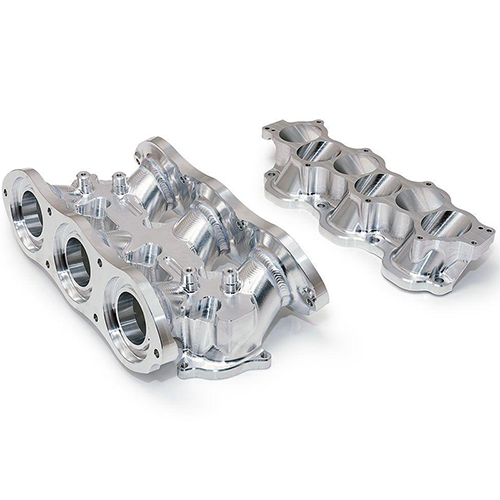Using Computer Numerical Control (CNC) machinery, Precision CNC Machining can produce complex, precision machined parts with tight tolerances. The process eliminates the possibility of human error and provides a more efficient workflow from prototyping to full-scale production. It also allows for quality assurances and project oversight.
The process uses computer-aided design (CAD) software to create a graphical model that defines the physical boundaries of the end product. The software then translates the design into manufacturing commands that the CNC machine can understand. It then uses high-speed robotics and computer-controlled machinery to perform the machining process.
Precision CNC Machining is used for the production of a variety of parts, from shipbuilding and transportation vessels to orthotic devices, safe enclosures and research equipment. Depending on the type of part, different machine tools are used. These tools can include lathes, mills, milling machines and turning equipment. They vary in size, feed rate and axis configuration.
The process of precision CNC machining can produce parts of any shape or size. It offers great accuracy and speed, resulting in lower costs for production. This technology is also used for manufacturing metals, wood and foam. However, the cost of producing a part can be significantly affected by the type of material used. Some materials are more sensitive to machining than others. The size and shape of the component can also have a big impact on the machining process.
CAD software can create two- and three-dimensional models, which are used to produce the part. The computer-aided manufacturing (CAM) software also translates the design into manufacturing instructions. This process allows for a smoother surface finish.
The process of precision CNC machining can be divided into two basic methods: Turning and Milling. Turning involves rotating the workpiece next to a cutting tool. In Milling, the workpiece is rotated at a speed that is controlled by the CNC machine. The CNC machine then directs the cutting tool where to cut. The CNC machine uses a high-pressure coolant to prevent chips from entering the work. The CNC machine can perform a variety of operations, including straight turning, taper turning and external grooves. The speed and accuracy of the machine can be affected by the type of material used and the design of the part.
Precision CNC machining is one of the fastest ways to produce parts. The process is also the quickest way to produce parts with tight tolerances. It is ideal for high-volume production runs. It can also produce a variety of production parts, including shipping vessels and airfoils. It is also an ideal method for creating parts with exceptionally smooth surface finishes.
Precision CNC machining provides an efficient workflow that allows for quality assurances and project oversight. It also reduces material waste and provides high speed and great accuracy. It is one of the most reliable and efficient methods of manufacturing custom parts. In addition, CNC Precision Machining is able to produce a wide variety of production parts, including airfoils, landing gear ports and bushings.
